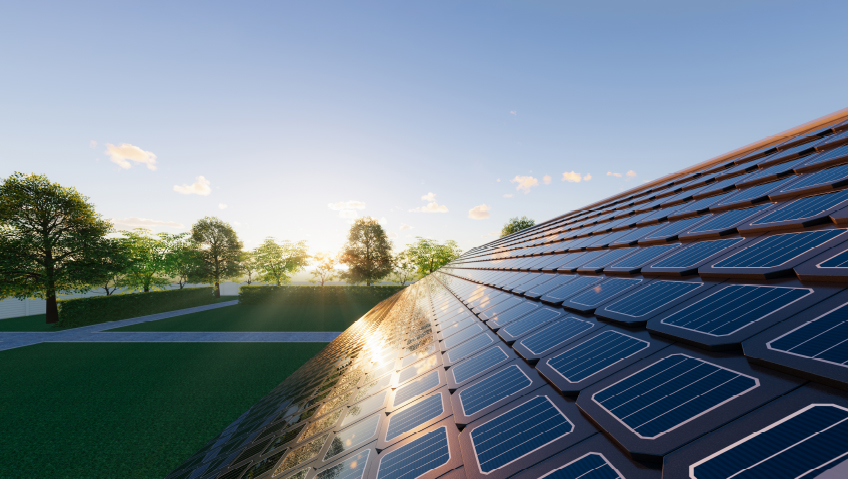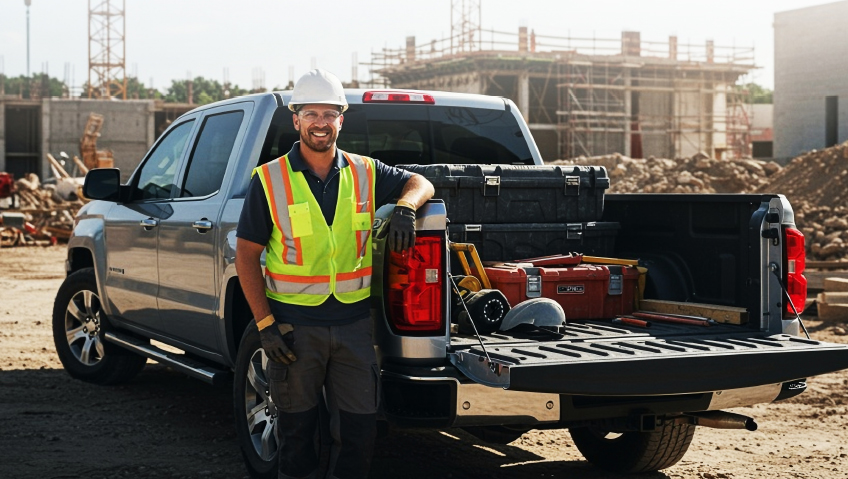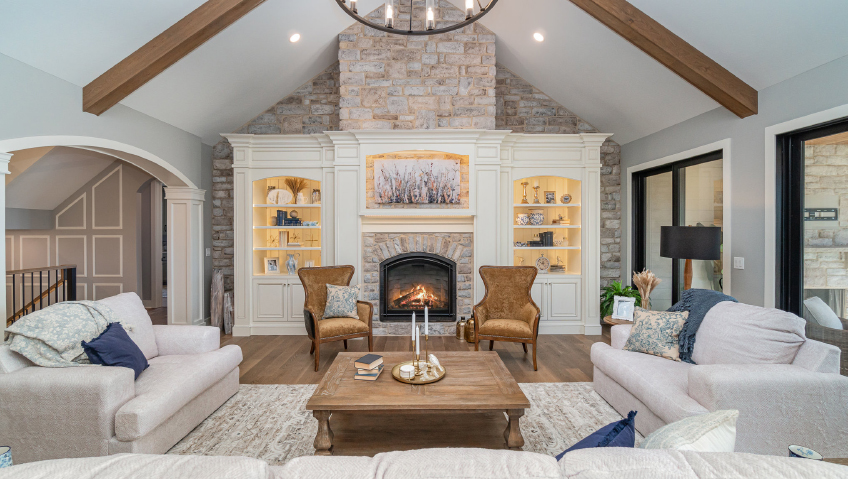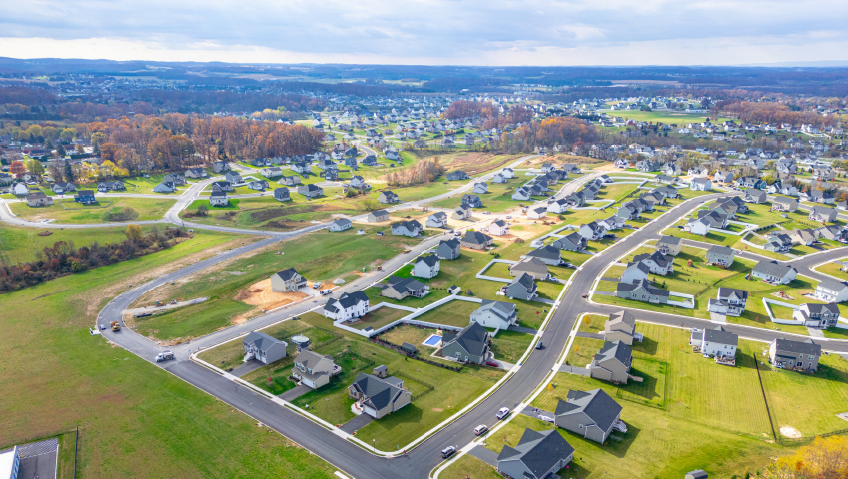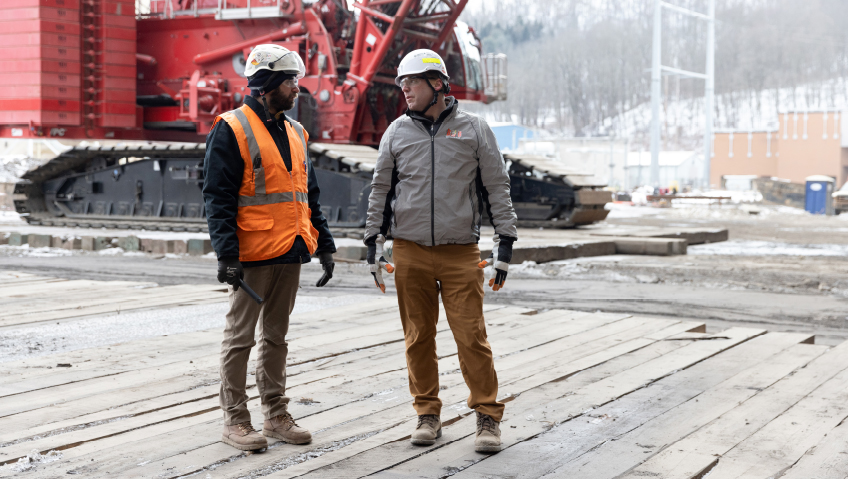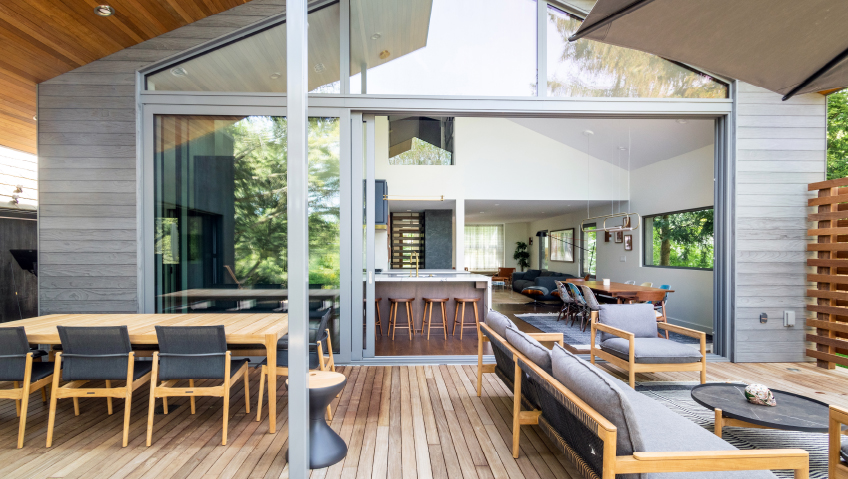The Scarborough Academy of Medicine and Integrated Health (SAMIH) at the University of Toronto Scarborough (UTSC) promises to be a unique building once it’s completed. In addition to being an educational hub for medical students, the building was designed with energy savings and carbon reduction in mind. With construction scheduled to finish in 2026, SAMIH will feature a small rooftop array of photovoltaic (PV) panels which transform sunlight into electricity, and a façade with built-in PV technology.
Solar energy isn’t new; the first practical PV cells were developed in the mid-1950s. SAMIH, however, is set to become one of the few structures in Canada fitted with cutting-edge building-integrated photovoltaics (BIPV).
Traditional residential or commercial PV systems are installed on rooftops. They don’t blend in with a building’s décor and are frequently criticized as eyesores. BIPV systems, by contrast, come in a variety of colours and can be designed to look like steel, brick, wood, marble, or other construction materials. They augment a building’s envelope, don’t need to be installed on the roof, and don’t even have to be pointed at the sun. Wires and other technical components can be kept out of sight.
In addition to being aesthetically pleasing, BIPV systems are efficient; the BIPV façade at SAMIH will offer 513 kilowatts (kW) of power generation capacity, while the roof array will kick in an additional 119 kW.
“Building-integrated photovoltaics are solar power generating products or systems that are seamlessly integrated into the building envelope and part of the building components such as façades, roofs, or windows. Serving a dual purpose, a BIPV system is an integral component of the building skin that simultaneously converts solar energy into electricity and provides building envelope functions such as weather protection (water proofing, sun protection), thermal insulation, noise protection, daylight illumination and/or safety,” states Natural Resources Canada.
“There are three main application areas for BIPV: roofs (shingles, tiles, skylights); façades (cladding, curtain walls, windows); and externally integrated systems (balcony railings, shading systems),” adds Natural Resources Canada.
The multi-coloured BIPV panels at SAMIH were manufactured by a Toronto-area firm called Mitrex. “Mitrex is the world’s largest building integrated photovoltaic manufacturer, developing a wide range of integrated solar products, including cladding, railing, glass, standard solar panels, colour-customized panels and more,” states Mitrex literature.
Among other Mitrex products, the SAMIH project utilized a rainscreen system called CladiShield. The latter is “a complete wall solution” that includes “a high-performance air and moisture barrier, continuous insulation, adjustable sub-framing systems” and “multi-faced cladding,” states Mitrex.
SAMIH could be the first of many buildings across North America to sport BIPV, given the growing popularity of renewable energy. Price cuts, driven by technological and manufacturing advances, have made solar particularly attractive. Between 2010 and 2024, the cost of installing an average-sized residential solar system in the United States dropped from roughly $40,000 (before any incentives were calculated into the mix) to $25,000, reports the Solar Energy Industries Association (SEIA), a trade group for American solar companies.
Lower costs combined with tax breaks have spurred greater acceptance, and solar deployments in the United States have grown nearly 30 percent a year for the past decade, states SEIA. In 2024, a record 50 gigawatts of new solar capacity were added in the U.S., bringing cumulative capacity in the country to 235 GW (sufficient to power more than 40 million homes).
It’s a similar story in Canada, where 314 megawatts (MW) of solar power were installed last year, according to the Ottawa-based Canadian Renewable Energy Association (CanREA). Canada boasts five gigawatts (GW) of cumulative installed PV capacity and nearly 100,000 on-site solar installations in homes and businesses, adds CanREA.
BIPV products were developed in the early 1990s, with the first installation of such wares taking place in 1991. That year, BIPV panels were included in a curtain wall façade of a building in Aachen, Germany. Two decades later, Mitrex—a company that had previously focused on making cladding—began designing and manufacturing BIPV for Canadian clients.
SAMIH is one of a handful of projects Mitrex has worked on, with the company’s products also used for a balcony retrofit at 1154 Wilson Avenue, a rental apartment in northern Toronto. Facing a mandatory balcony railing replacement deadline, the apartment owners opted to install Mitrex Solar Railings (BIPV products can be used in both new builds and retrofits). The Solar Railings fit in with the building’s overall appearance and offer 162 kW of output.
The “Mitrex Solar Railing extends energy generation to balconies. Nestled within its sleek design are high-efficiency solar cells, discreetly placed between layers of robust, heat-tempered glass,” explains Mitrex. While pleasing to the eye, the building owners selected Mitrex Solar Railings with long-term cost savings in mind.
BIPV systems can also help building owners achieve ESG (Environmental, Social, and Government) compliance and LEED points, while future proofing structures against the prospect of stricter regulations, adds Mitrex. BIPV solutions enhance a company’s “green” credentials while offering long-term investment potential as well, writes Mitrex.
“BIPV not only produces on-site clean electricity without requiring additional land area, but can also impact the energy consumption of a building through daylight utilization and reduction of cooling loads. BIPV can therefore contribute to developing net-zero energy buildings. Turning roofs and façades into energy-generating assets, BIPV is the only building material that has a return on investment (ROI),” adds Natural Resources Canada.
Mitrex also offers project management services, and one of the first steps in this process is to confer with the client about the scope of their proposed project. Estimates are made regarding potential BIPV power output, colour options are presented, and the client is given an overview of costs and the installation process. If an agreement is reached, manufacturing can begin at Mitrex’s Toronto-area plant. The company carefully sources glass, aluminium, solar cells, and other components. Glass panels are precisely cut with CNC (Computer Numerical Control) machines and colours are infused according to client specifications.
“At the heart of each panel lies a sturdy aluminium honeycomb core, coupled with a layer of high-performance solar cells, making every piece an efficient source of renewable energy. Overtop the energy generating layer is the customizable exterior—a versatile canvas that can recreate any pattern or colour. This adaptability allows the fusion of aesthetically pleasing architectural solar façades with the functional benefits of BIPV technology. It’s a harmonious blend of form and function,” explains Mitrex.
Mitrex façade panels have a cell efficiency of 22 percent, which is “comparable to traditional solar panels,” states the company. Electricity generation can be impacted by weather and environmental conditions, including rain, snow, shade, debris, and dust. That said, Mitrex products can still produce power on overcast days, albeit at a slower pace than when sunshine prevails.
Buildings equipped with Mitrex BIPV systems still require a grid connection, as the PV system alone might not be strong enough to provide all the power a structure needs. Mitrex staff can help facilitate grid connection approvals and any associated paperwork.
Revolutionary as its offerings might be, Mitrex insists that its products aren’t difficult to install. “Both the mechanical and electrical installation aspects utilize methods and techniques commonly used in buildings and PV installations. There are no new methods or techniques that installers are required to learn,” writes the company.
As a further appeal to the bottom line, Mitrex points out there are tax benefits to utilizing BIPV systems. The Government of Canada’s Clean Technology (CT) Investment Tax Credit (ITC) offers a 30 percent refundable credit for capital investments in solar, wind, and water energy. The credit is scheduled to apply until December 31, 2034.
The United States government also offers tax incentives in the form of the long-term solar investment tax credit (ITC). This program offers a maximum 30 percent tax credit for solar systems on both residential and commercial properties. Such largesse has enormously boosted solar adoption (“the residential and commercial solar ITC has helped the U.S. solar industry grow by a factor of more than 200x since it was implemented in 2006,” reads SEIA information).
Some reactionary American politicians oppose tax credits for renewable energy—and renewables in general. To ensure that solar tax credits remain in place, U.S. energy groups conducted a lobbying blitz in Washington, DC earlier this year. Individuals representing more than 2,000 energy firms met with American legislators and staff in an effort to preserve tax breaks for renewables. Should tax credits remain in place, solar capacity across the U.S. might reach nearly 740 GW by 2035, says SEIA.
This is great news for any company in the solar industry and all the more reason for business and residential property owners to take a close look at BIPV.
“Presently, BIPV is still a niche market but in many countries, it has become an economically viable building envelope material due to falling prices for PV modules,” notes Natural Resources Canada. “As a result, BIPV is currently one of the fastest growing segments in the global solar PV industry.”

